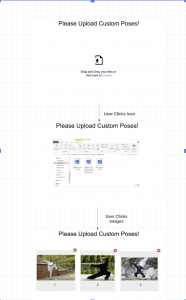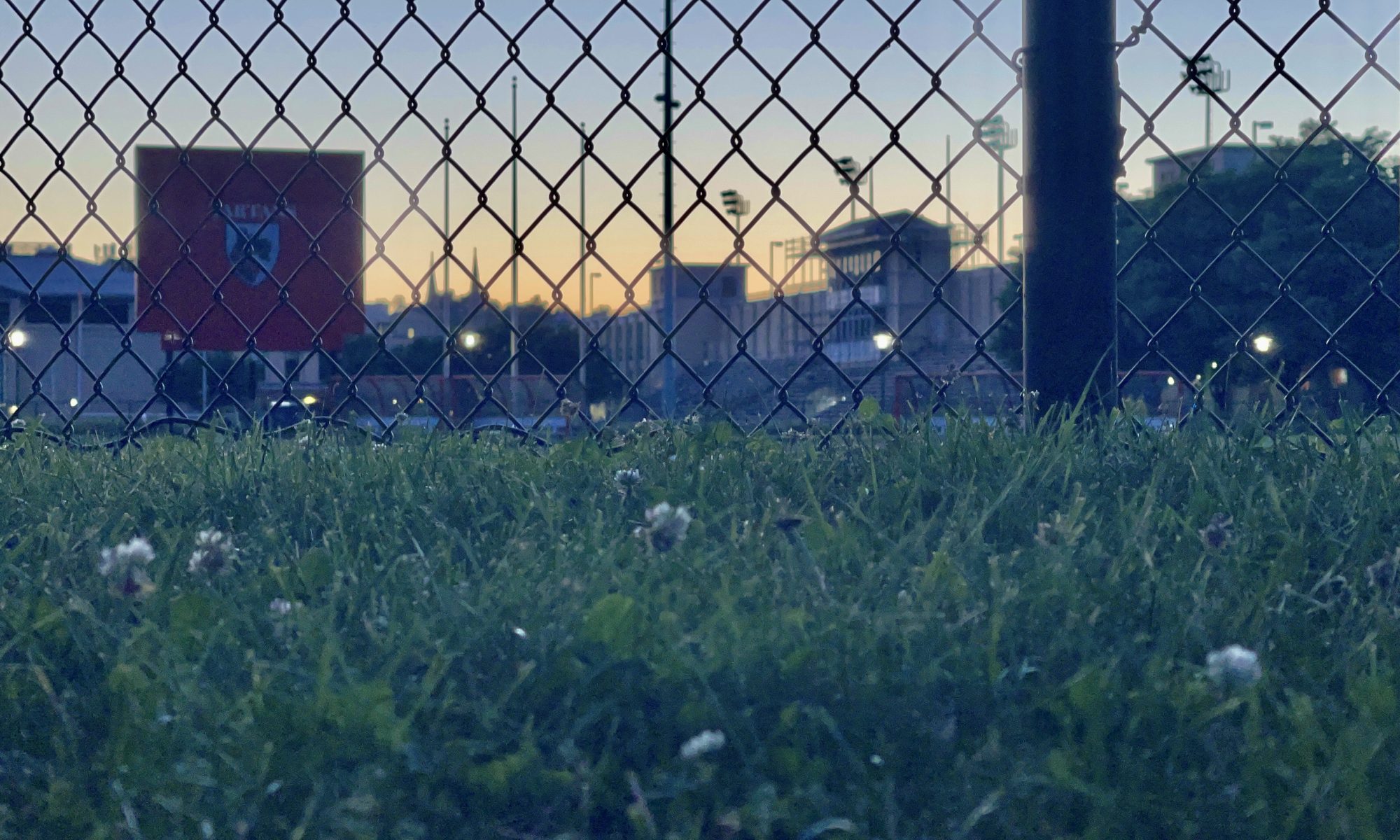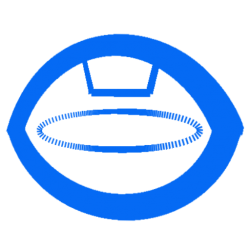Over the past two weeks, I contributed to writing the “Introduction” and “Use-Case Requirements” sections of the design report, as well as my custom pose/pose sequence pipeline. I did some designing on what I wanted the UI to look like and a basic flowchart for how I want the image upload to proceed, and added the pictures to the design report.

I also looked into researching academic papers for how accurate we can expect our joint angle based system to be for pose detection and whether it would translate well to different body types. I did not find definitive evidence that joint angle based pose detection would translate well to different body types, just that it is a commonly used method for pose detection. I did find one study by De Gama et al. That showed a 100% accuracy for pose detection among a small sample size using a joint angle based pose detection system. Based on my findings, we can have some confidence in the accuracy of our joint angle based approach to lose detection.
I also looked into several options for packages other than TKinter to use for the frontend of our app. Ultimately, I brought forward the wxPython and Kivy packages forward for the team to consider. We decided to switch from TKinter to Kivy for our frontend development after some debate. What won us over to Kivy was its continuous support from professional developers and that it was compatible with a Python3+ versions.
For the next week, I plan to create the frontend of my app to be able to allow users to upload custom images to the app. I will also discuss more with Ray about how we plan to integrate our code together. I will also work with Hongzhe to get Openpose up and running on my machine as well.
ABET question #7:
The new tool I am looking into learning is the “Kivy” Python package that will allow us to make a much more sophisticated frontend for our application. In particular I am looking at the various Kivy widgets pertaining to my pipeline, such as the FileChooserListView widget.

